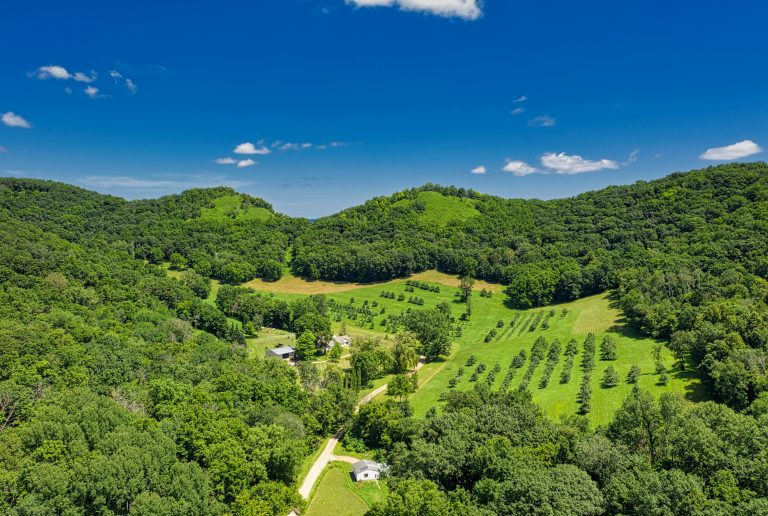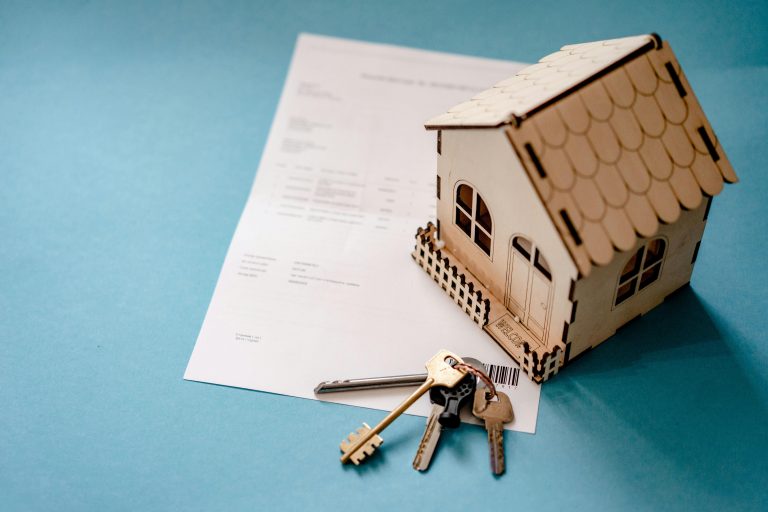A land lease agreement is a legally binding contract between a landowner (lessor) and a tenant (lessee). Whether you’re leasing land for farming, business, or residential use, a well-drafted lease agreement ensures clear terms and legal protection for both parties.
At Fincare Investments, we help farmers and investors secure legal, transparent, and hassle-free land leases. This guide will walk you through the key elements of a simple land lease agreement in Kenya.
Why You Need a Land Lease Agreement
- Legal Protection—Prevents misunderstandings and ensures compliance with Kenyan law.
- Prevents Disputes—Clearly defines roles, payment terms, and land use.
- Proof of Agreement—Acts as legal evidence in case of conflicts.
- Defines Lease Duration—Specifies start and end dates, renewal terms, and exit conditions.
Key Elements of a Land Lease Agreement in Kenya
A well-structured lease agreement should include the following:
1. Details of Both Parties
- Full names of the landowner (lessor) and tenant (lessee).
- National ID or passport numbers.
- Contact information (phone, email, and address).
2. Property Description
- Exact location of the land (county, sub-county, plot number).
- Size of the leased land (e.g., 5 acres).
- Current condition of the land (e.g., developed, farmland, fenced).
3. Lease Duration
- The start and end date of the lease agreement.
- Whether the lease is renewable and under what conditions.
Common Lease Terms in Kenya:
- Short-Term Lease (1-5 years)—ideal for seasonal farming or small businesses.
- Long-Term Lease (5–99 years)—common for large-scale agribusiness and commercial use.
4. Payment Terms
- Total lease amount and breakdown of payments.
- Payment schedule (monthly, yearly, or lump sum).
- Penalties for late payments.
- Security deposit (if applicable).
Example Clause:
“The lessee agrees to pay the lessor Ksh 15,000 per acre per year, payable in two installments: 50% upfront and 50% after six months.”
5. Land Use Restrictions
- • Allowed activities include farming, livestock rearing, and commercial use.
- Prohibited activities (e.g., construction, mining, subleasing).
- Who is responsible for land maintenance, fencing, and water access?
6. Termination and Dispute Resolution
- Conditions for terminating the lease (e.g., non-payment, land misuse).
- Exit notice period (e.g., 30-90 days).
- How disputes will be resolved (e.g., arbitration, mediation, or court).
Example Clause:
“If the lessee fails to pay rent within 60 days after the due date, the lessor has the right to terminate the lease without refund.”
How to Write a Simple Land Lease Agreement (Step-by-Step Guide)
- Start with a title—example: “LAND LEASE AGREEMENT.”.
- Identify the Parties—Include full names and ID details of both parties.
- Describe the Property—Include size, location, and current condition.
- Define Lease Terms—Specify payment schedule, lease duration, and renewal terms.
- Outline Rights & Responsibilities—Include land use conditions and maintenance duties.
- Include Termination Clauses—Detail exit conditions and dispute resolution.
- Sign and Date the Agreement—Both parties must sign in the presence of witnesses.
Pro Tip: Always stamp and notarize the lease agreement for added legal security.
Sample Land Lease Agreement (Kenya)
LAND LEASE AGREEMENT
This Lease Agreement is made on [Date], between:
- Lessor (Landowner): [Full Name], ID No. [XXXXXXX], residing at [Address].
- Lessee (Tenant): [Full Name], ID No. [XXXXXXX], residing at [Address].
1. Property Description
The lessor agrees to lease [Size of Land] acres of land located in [County, Sub-County, Plot Number].
2. Lease Term
The lease shall commence on [Start Date] and end on [End Date], renewable upon agreement.
3. Payment Terms
The lessee shall pay the lessor Ksh [Amount] per acre per year, payable in [Payment Schedule].
4. Land Use
The lessee is permitted to use the land exclusively for farming, livestock, poultry, etc.
The lessee is prohibited from [building permanent structures, subleasing, etc.].
5. Termination
The lease may be terminated if:
- The lessee fails to pay rent for more than 60 days.
- The land is used for unauthorized activities.
- Either party gives [Notice Period] written notice.
6. Dispute Resolution
Any disputes shall be resolved through mediation/arbitration/court as per Kenyan land laws.
7. Signatures
Lessor’s Name & Signature: _______________________ Date: ___________
Lessee’s Name & Signature: _______________________ Date: ___________
Witness Name & Signature: _______________________ Date: ___________
Pro Tip: Customize this sample lease agreement based on your specific land lease terms.
Common Mistakes to Avoid in a Land Lease Agreement
- Not verifying ownership—Always check the title deed and land history.
- Vague lease terms—Be specific about payment schedules and land use conditions.
- No legal review—Have the agreement reviewed by a lawyer or real estate expert.
- Failure to register long-term leases—Leases over 5 years must be registered with the Ministry of Lands.
How Fincare Investments Can Help
At Fincare Investments, we make land leasing secure and stress-free by offering:
- Verified Lease Listings—No fraud, only trusted property deals.
- Legal Lease Agreements—Drafted to protect both parties.
- Expert Guidance—Helping you find the right farmland or commercial lease.
🚜 Need a lease agreement template or farmland to lease? Contact us today for expert assistance!
Conclusion
A land lease agreement is an essential document for securing land use rights and legal protection in Kenya. Whether you’re leasing land for agriculture, commercial use, or residential purposes, a clear and well-structured lease prevents disputes and misunderstandings.
By working with Fincare Investments, you can lease land legally and securely, with trusted agreements that protect your investment.
Explore our blog section for more real estate and farming insights, or reach out to us today for professional lease assistance.






